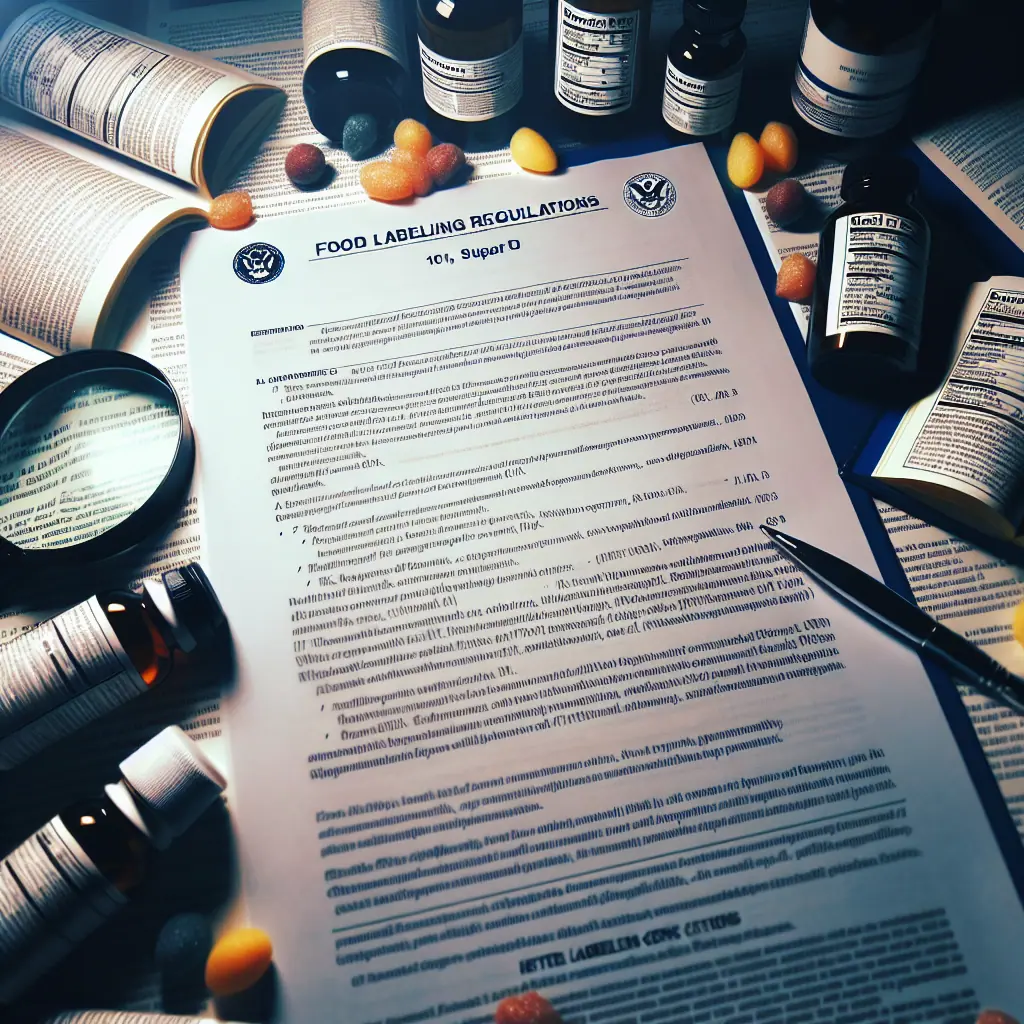How to Make Money as a Marketing Consultant (Big money!)
Owning your own marketing consulting business can provide you with: freedom, flexibility and choices. That’s because when you know how […]
Read More »Become a successful marketing consultant: Learn more

In the ever-evolving world of food marketing and food labeling, staying compliant while effectively marketing your products can feel like walking a tightrope.
But fear not, fellow food industry professionals!
This guide will help you master the art of nutrient content claims, ensuring your labels are both legally sound and consumer-friendly.
Let's dive into the delicious details of what makes a claim stick. The FDA has laid out some clear guidelines that, when followed, can turn your packaging into a powerful marketing tool.
Want to boast about your product's nutritional prowess? The "high" claim is your go-to, but only if your food packs a punch with 20% or more of the daily value per serving[1]. It's like your product just hit the gym and is flexing its nutritional muscles!
For those foods that are nutritional overachievers but not quite superstars, the "good source" claim is perfect. If your product delivers 10-19% of the daily value, you've got bragging rights[1]. It's like getting a solid B+ on your nutritional report card!
In the spirit of friendly competition, the "more" claim lets you show off how your product outshines the competition. If you've got at least 10% more of a nutrient than the other guy, you can proudly proclaim it[1]. It's like winning a nutritional arms race!
For those products that are nutritional powerhouses, the "high potency" claim is the crown jewel. Individual nutrients hitting 100% or more of the RDI can wear this badge of honor[1]. It's like your product just became the Superman of nutrients!
Antioxidants are the rockstars of the nutrient world, and the FDA knows it. But before you start throwing around antioxidant claims, remember:
1. You need scientific backup for your antioxidant activity claims.
2. The nutrient must meet the "high," "good source," or "more" criteria.
3. Name-drop those antioxidant nutrients in your claim[1].
It's like getting a backstage pass to the nutrient concert, but you've got to prove you belong there!
Remember, your label is often the first (and sometimes only) chance to woo your customers. By leveraging these nutrient content claims correctly, you're not just following rules – you're telling a compelling story about your product's nutritional value.
So go forth and claim with confidence! Just remember to keep it accurate, keep it compliant, and most importantly, keep it delicious. After all, in the food business, taste is still king – but a well-crafted, compliant label? That's the queen that can rule the market.
Citations:
[1] U.S. Food and Drug Administration. "Part 101 - Food Labeling." In Title 21 - Food and Drugs, Chapter I - Food and Drug Administration, Department of Health and Human Services, Subchapter B - Food for Human Consumption. Electronic Code of Federal Regulations. Last updated September 22, 2024. https://www.ecfr.gov/current/title-21/chapter-I/subchapter-B/part-101.